|
We started the day with an overview of NASA’s history - which involves an impressive 132 spacecraft launches and over 900+ astronauts in space! Humans are launched into space from 3 locations: China, Russia (now Kazakhstan) and China. Currently NASA is not sending its own manned rockets into space, and our astronauts hitch a ride from Kazakhstan every time we want to go. That doesn’t mean that NASA isn’t super busy- they are actually working on more projects than ever before. One of the most interesting projects is that they’re looking into going into deep space, capturing an asteroid, and bringing it back to orbit the moon for study. Their ultimate goal, of course, is Mars. Their biggest concern with this is radiation and how to keep astronauts alive for both going to Mars AND coming home (Our NASA instructor remarked that NASA “has a very strict bring-people-home-alive policy”). They are currently building a rocket that will be ready for launch by 2019. They’re planning to send people into deep space- further than any other human has ever travelled! All of this is to prepare for their eventual goal of putting people on Mars. After our morning talk, we were then were challenged to build “solar sails” that could automatically unfurl and be launched. After lunch, we met with Ed Buckbee, who was the manager of the astronauts. It was his job to make sure the astronauts made it to where they need to be and to control publicity for NASA. He managed many of the flights between the late 1960s-1980s. He shared the program was successful because “failure was not an option:” He also spoke of the importance of working as a team. He advised, “Find out what you are good at, and make sure your part works.” Above all else, he urged us to strive for Mars and keep the dream of space alive. After Ed’s talk, we had the chance to explore the Space and Rocket Museum. We got to go on all kinds of rides - one that simulated 0g floating, and one that simulated 3 Gs. The 3G simulator had us pushed to the back of our seats- it was hard to move even our fingers at times! Before dinner we got our roles for our simulated mission tomorrow. Mrs. Craven is a mission specialist who gets to go on EVA (extra vehicle activity) space walk on Mars. Ms. Imhoff will be the commander of the mission. She’ll make sure that Mrs. Craven gets all of her experiments done and arrives back to Ashford safely.
0 Comments
We had a busy first day at Space Camp! After a brief overview of camp, we met retired NASA engineer/ astronaut trainer Homer Hickanum. When he was in high school, Homer and a group of his friends called the “Rocket Boys” worked to build one of the first American rockets from scratch. He wrote a memoir about their story, which was later made into the movie October Sky. He told us some very entertaining stories about persevering through disappointments, hard school work, and explosions! He also shared that you're never too old to learn something new- he became a published author after he retired from NASA! After learning lots from Homer Hickanum, we headed out on a tour of the Space and Rocket Center. We saw so many cool things- check them out below: After our tour, we ate lunch in the space camp hub. The space camp cafeteria has a “Mars to Table” program, and grows some produce in aeroponic gardens. Check them out: After lunch, we were given experience with some of NASA's lesson plans. One showed us the scale of the Solar System - did you know that there is only one Solar System in the universe? Our sun's official name is "Sol," and so the system around it is the "Solar System." We made models that showed us just how far away the outer planets are . After that, we were given a mission overview. After being presented with a wide variety of jobs that people have during space missions, we had to choose 3 that we could see ourselves doing. We had to think carefully about what our strengths were and how we could best contribute to our team! 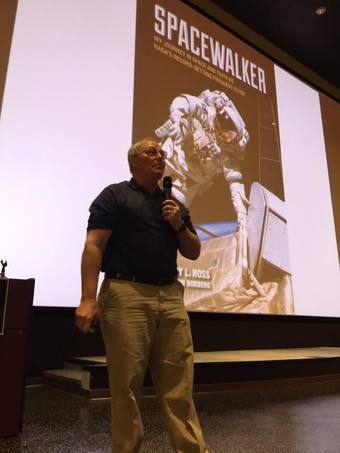 Once we had gotten our mission applications in, it was time to listen to a NASA Astronaut Speaker. Col. Jerry Ross, who has been to space 7 different times, spoke about the importance of finding your dream and persevering to achieve it. He advised, “Get away from it’s difficult, it’s too hard, and really think what is it that I want to do? You need to be excited about what you want to do, you need to set goals, and you need to persevere. Don’t give up on your dreams easily.” Col. Ross didn’t get accepted into the Astronaut candidate program on the first round, but he kept trying, and eventually went on to set many records on the International Space Station! Finally, we got to meet with a group of people who currently work with NASA on ISS and Deep Space projects We spoke with them about our cubesat experiment, and they shared that finding new ways to keep astronauts safe from radiation was one of their biggest priorities. Did you know that the average astronaut is exposed to a year’s worth of radiation in just a single day on the ISS? Astronauts report seeing white lights when the close their eyes- and that’s all radiation! This poses concerns for extended space travel. After being reminded of how important it is to protect astronauts from radiation, we became even more excited to get our cubesat back and see what results we got from radiation! Whew- what a day of adventure! Stay tuned to see what tomorrow will bring! Early this morning, we travelled to Huntsville, Alabama for an exciting adventure at Space Camp. We’re all checked in and ready for a fun filled week of rocket building, multi axis trainers, 1/6th moon walking, and water landings!!! Stay tuned for more updates throughout the week as we share our adventures with you.
Ms. Imhoff and Mrs. Craven At the end of our trip to Minden, all of us got the opportunity to go up in the air and experience flight for ourselves! Ms. Manfre went up in an experimental plane with Perlan developer Greg: Conducting pre-flight checks to make sure the plane is in good working condition. Up in the air! Ms. Imhoff and Mrs. Craven opted to take a glider flight: Strapping in to the aircraft. Up in the air!
In addition to our interview with the airport supervisor, we also got the chance to talk to some awesome people on the Perlan Project. The first interview we got was one with Col. Payne, who is the head pilot: Perlan Project team member Doug talks about the importance of school for people who want to be pilots: One of the coolest parts of being in Minden is talking to a wide variety of people who work in different parts of aviation. We've talked to pilots, both of gliders and of regular airplanes, engineers, mechanics, and other who work hard to make the Perlan fly! We also have met some other people in aviation as well. In honor of Career Day, we decided to interview a variety of different people who work in aviation. Below is a clip of an interview with Minden Airport Operations Supervisor Chris Johnson. He explains what he does here at the Minden Airport: Whew! Yesterday was a busy day. We had to get all of the cubes completely ready for launch and packed away so that they could be tested this morning. The three of us spent the morning inventorying everything, creating a packing list for when the cubes are sent to Argentina, and editing the runbook. We also got the chance to watch some gliders taking off and landing on the runway. Take a look below! Here’s a picture of Ms. Manfre, Ms. Imhoff, Mrs. Craven, and Mr. Murphy on the runway, watching gliders take off and land: The runway in Minden is a beautiful, busy place. One of the reasons why so many gliders can fly in Minden is because the surrounding mountains provide thermals. Thermals are a currant of warm air rising upwards. The gliders use thermals to go really, really high up in the air! We were even invited to climb inside the cockpit of one of the gliders. It was small, but the glider pilots all assured us that it is very comfortable. It was certainly an adventure! Now, we are off to finalize packing details so the cubs can be ready for launch in Minden and in Argentina!
We had a fun morning at the hanger for the Perlan! When we arrived, we learned more about what we'd be up to for the next couple of days. Check it out below: One of the things that surprised us most about the Perlan 2 was how HUGE the wings on the glider were- 85 feet! Here's the cockpit of the Perlan 2 glider: Interior of the cockpit: We also got a chance to test out the flight simulator! In order to prepare for their world record breaking flight, Perlan pilots need to practice. We got an inside look at their practice space. Ms. Manfre climbed inside to give it a go! We're spending this afternoon finalizing writing the procedures for the cubesat. Every cubesat needs to have a formal procedure, or set of directions, written for the "Runbook," which is a book that details the procedure for every cubesat. This helps the team know how to put the cubesats together, how to plug them in, and how to collect data for them so that every experiment works the way it is supposed to. We will also be taking inventory of all the cubesats that arrived from Argentina, and making sure that they are ready for flight. We are also fixing some of the broken cubesats, 3-D printing last minute items, and logging our activities for Teachers in Space.
Good morning Ashford!
It’s 6:52am here in Minden, NV! Your teachers arrived late last night, and are getting ready to head to a team meeting with the crew of the Perlan 2. Chris Murphy, the mastermind behind our weather balloon launch, will be joining us as well! We will be talking over specifics of the launch, and getting the details for what we will be expected to do while working as the ground crew for the Perlan. We are very excited, and will hopefully have lots to update you on throughout the day! Mrs. Craven, Ms. Manfre, and Ms. Imhoff What an exciting week! We've some of compiled our videos into one long video for those interested in viewing them all at once. Stay tuned for more exciting updates on our next cubesat adventure next week! |
AuthorsKate Craven Archives
October 2018
Categories |
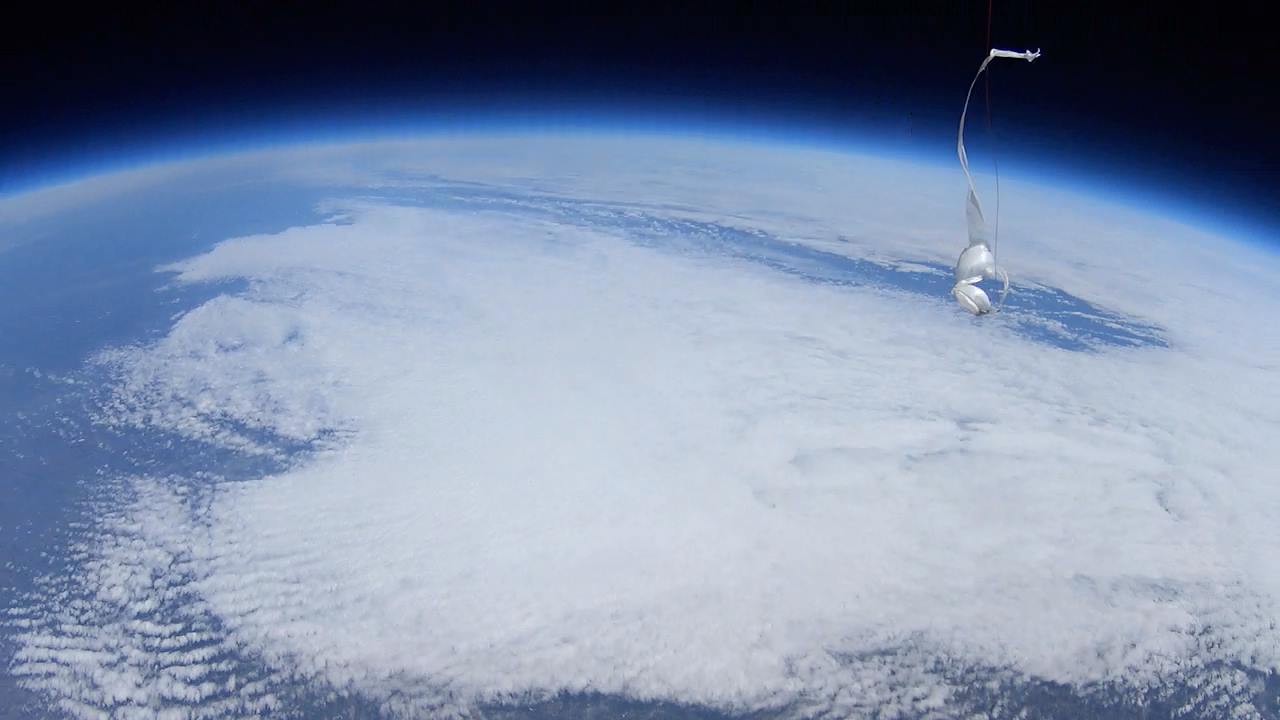
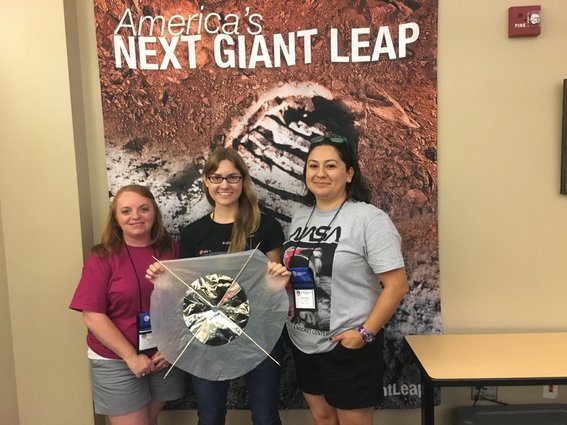
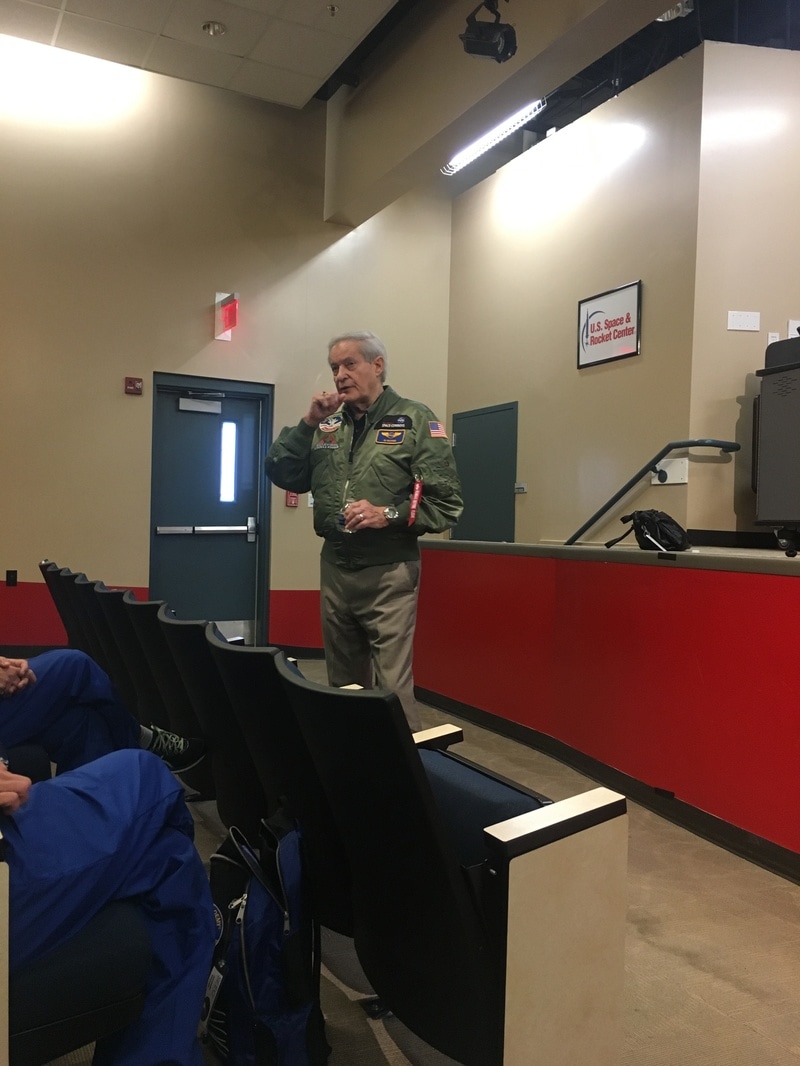
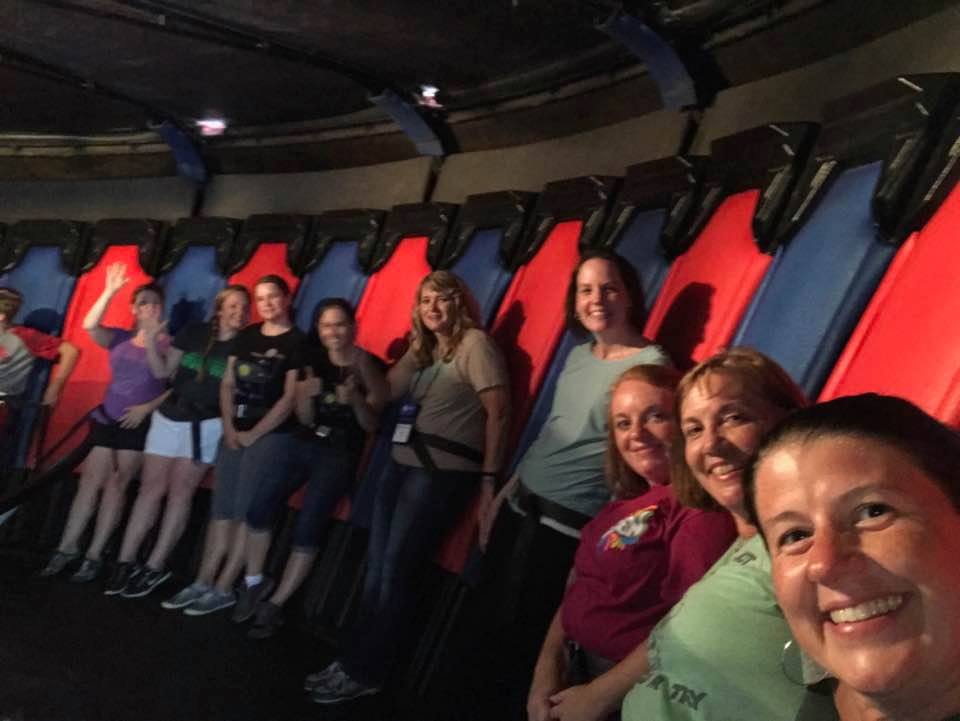
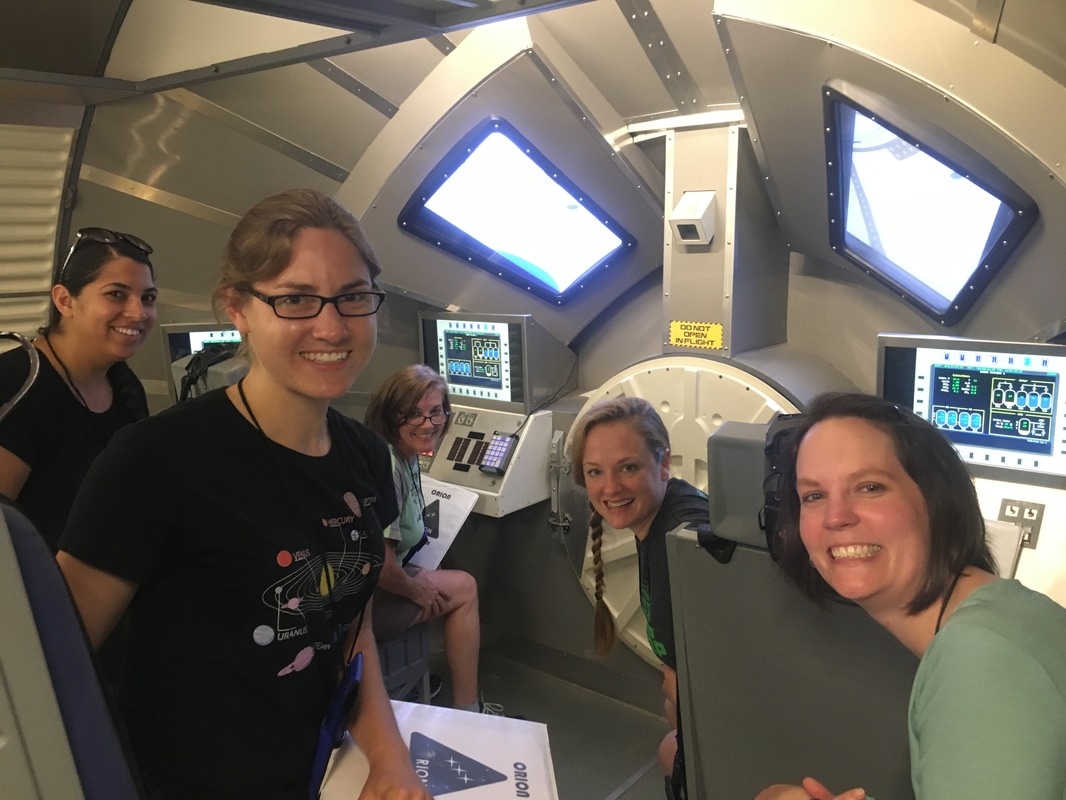
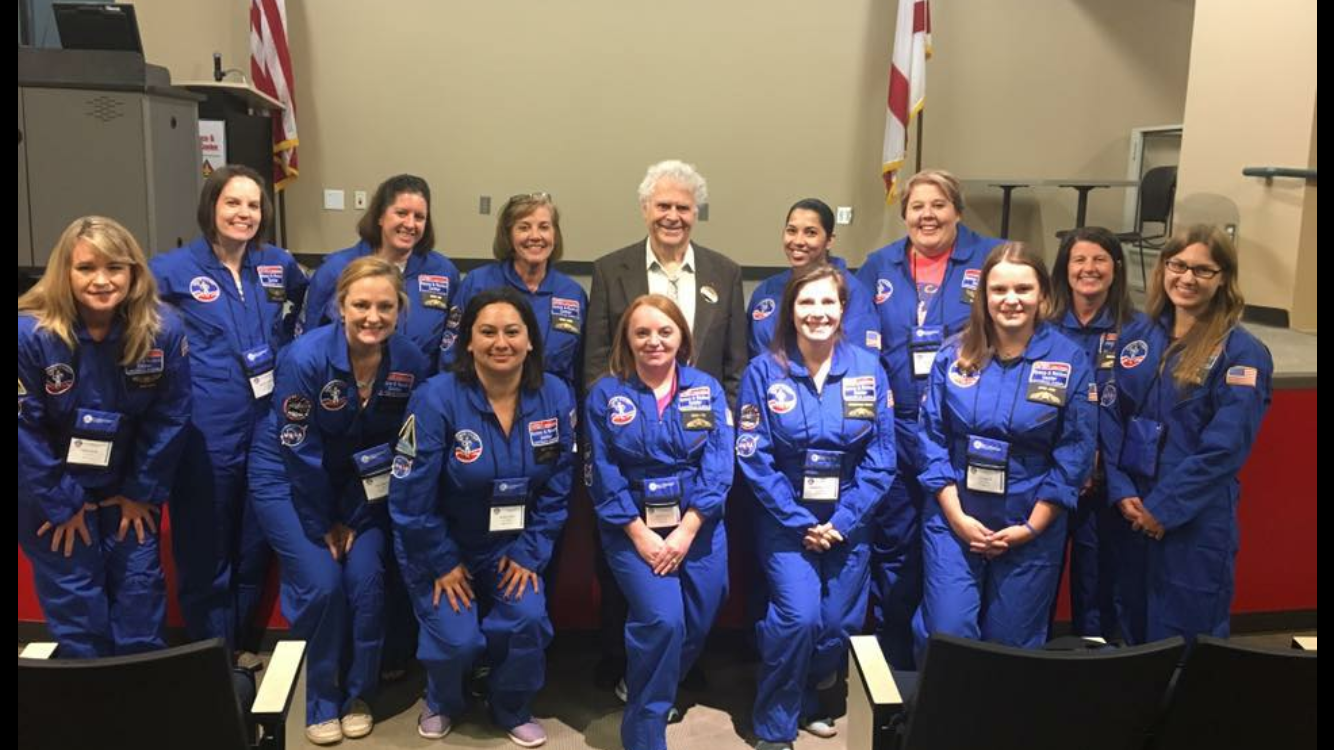
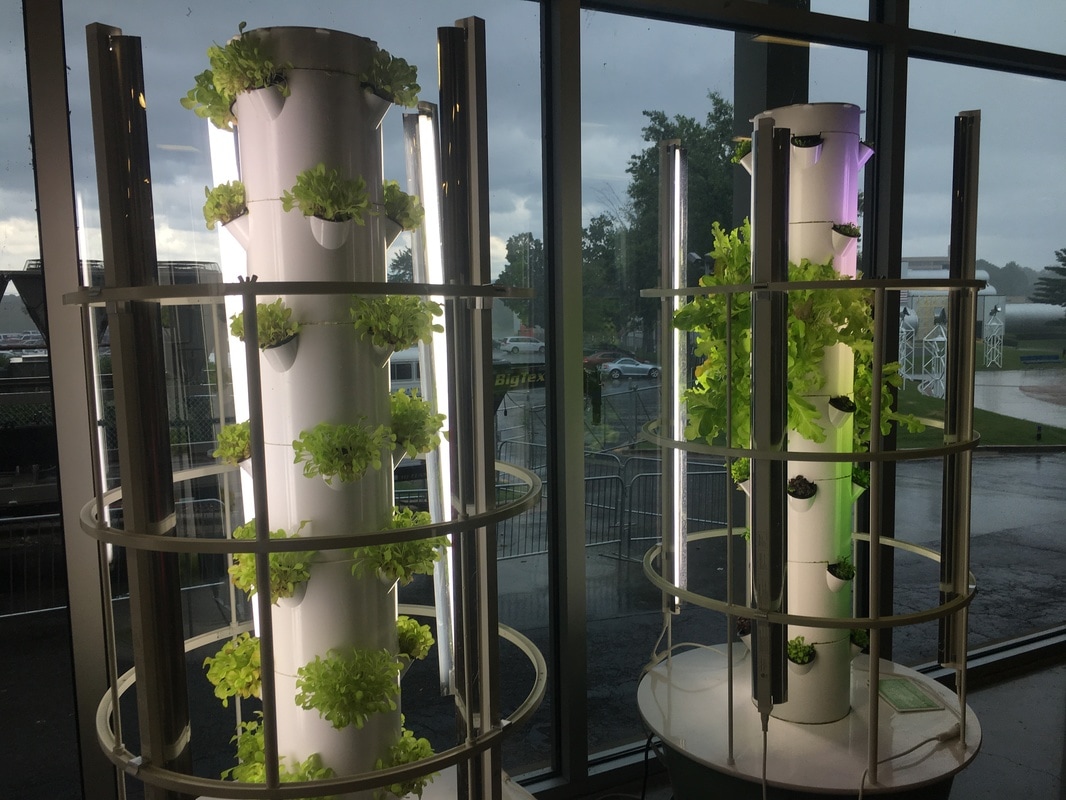
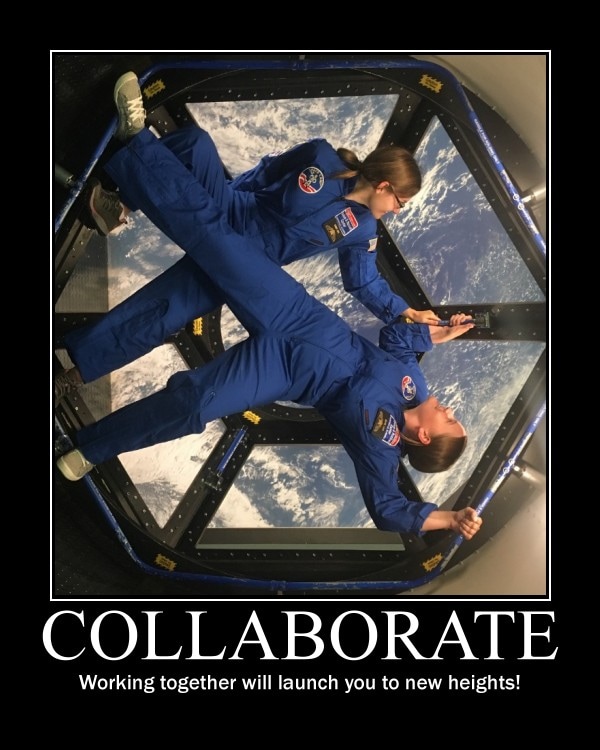
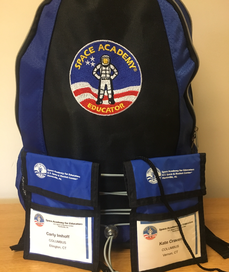
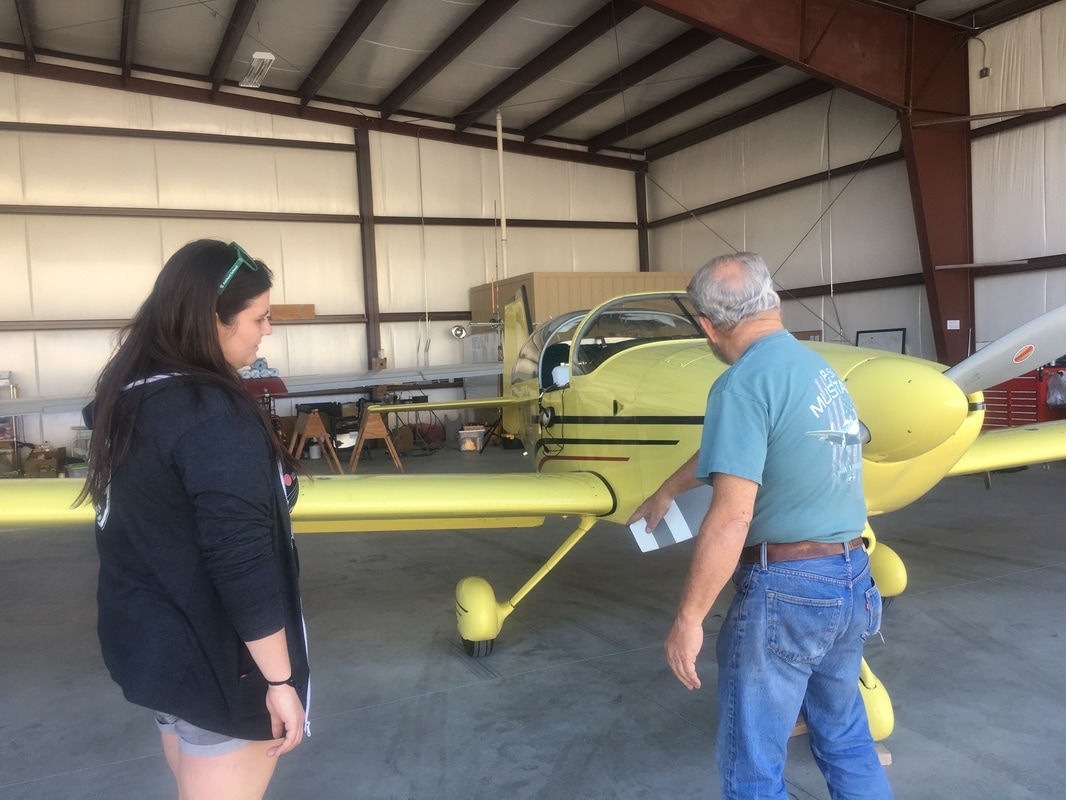
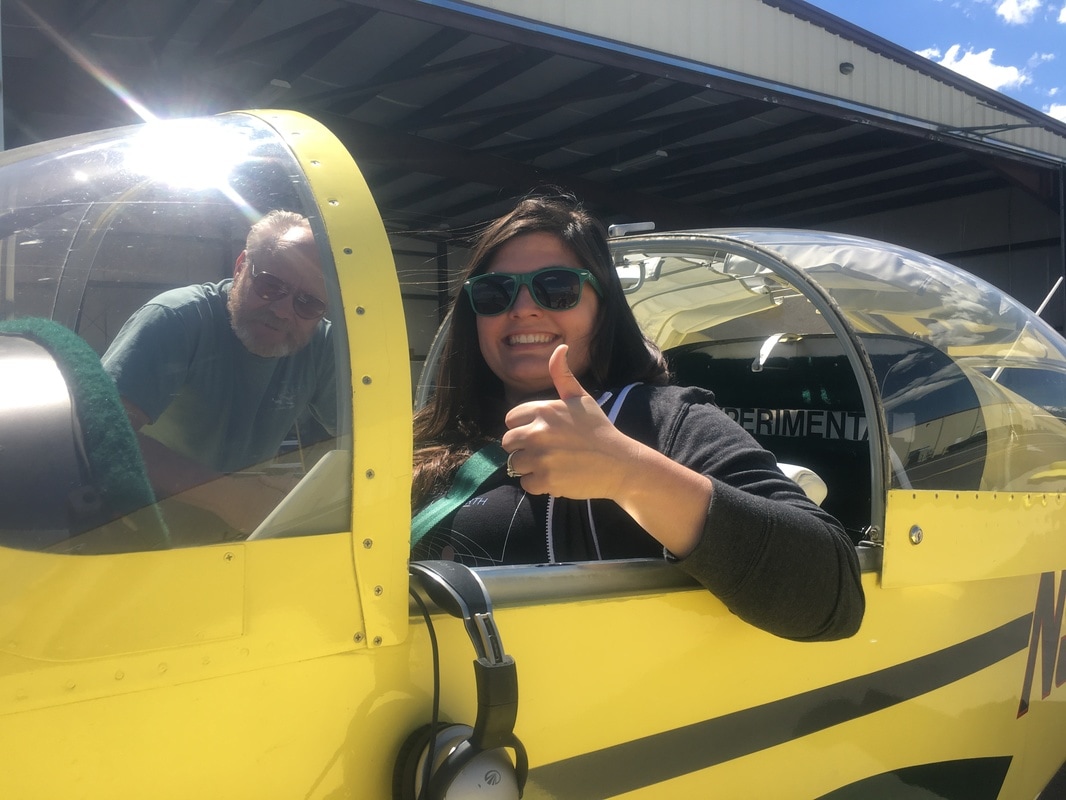
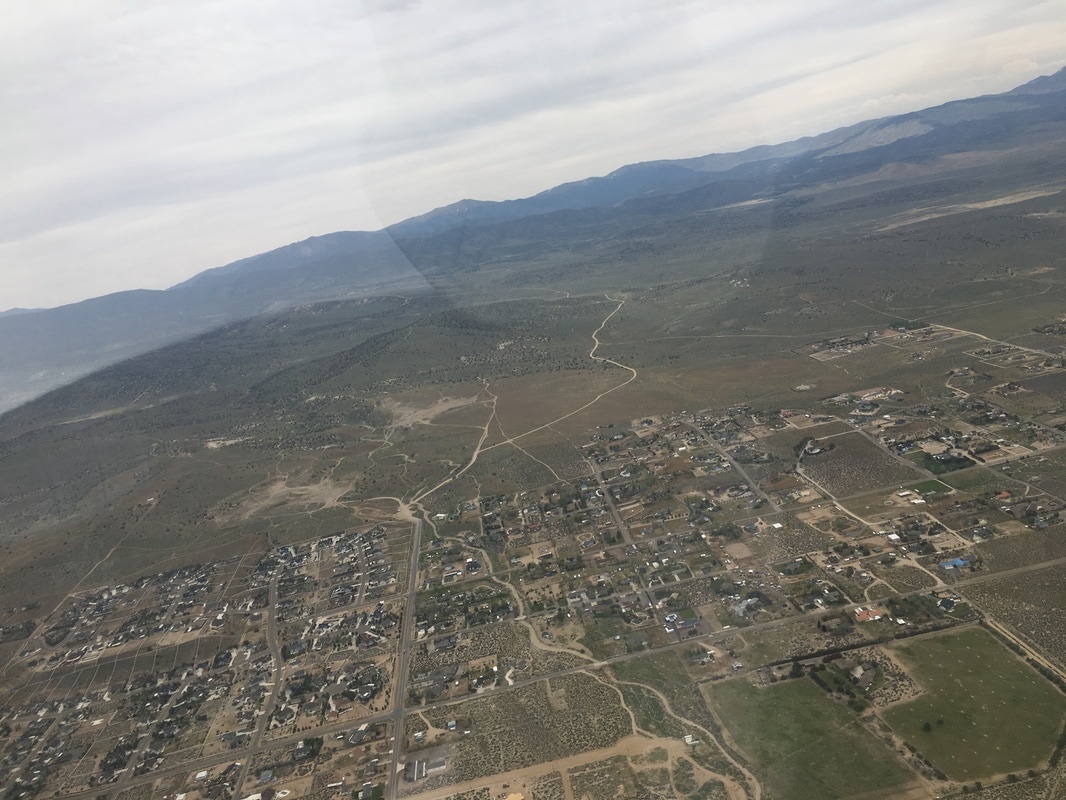
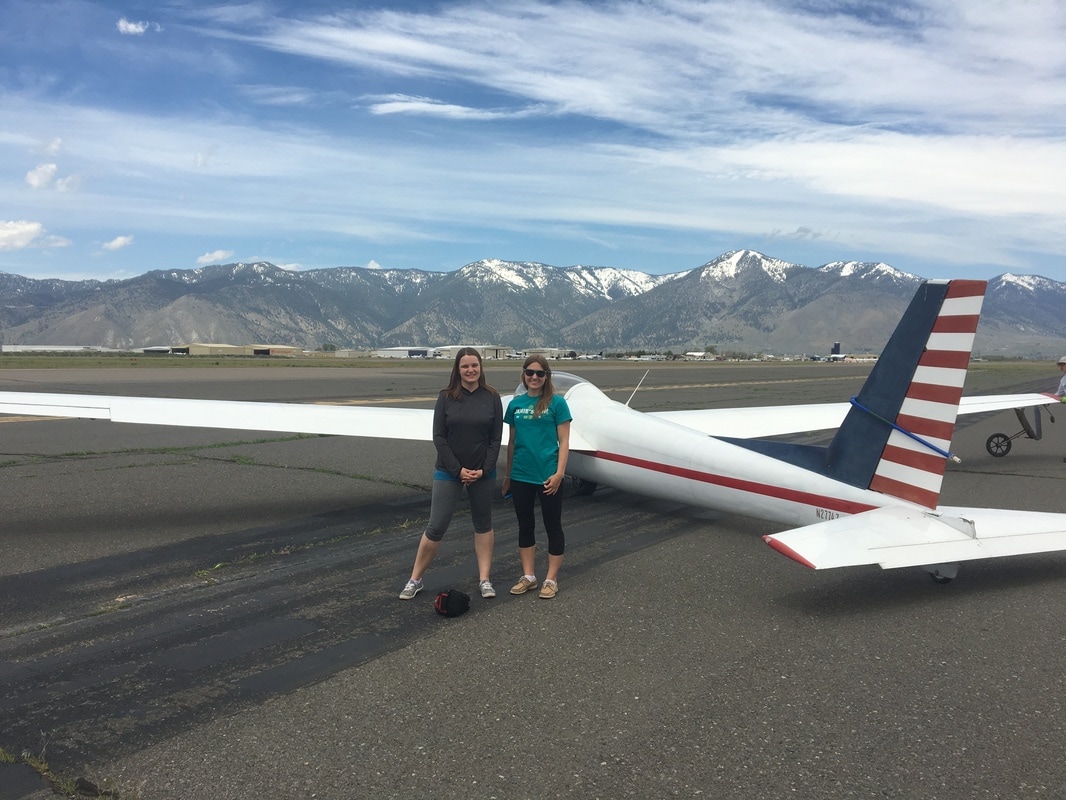
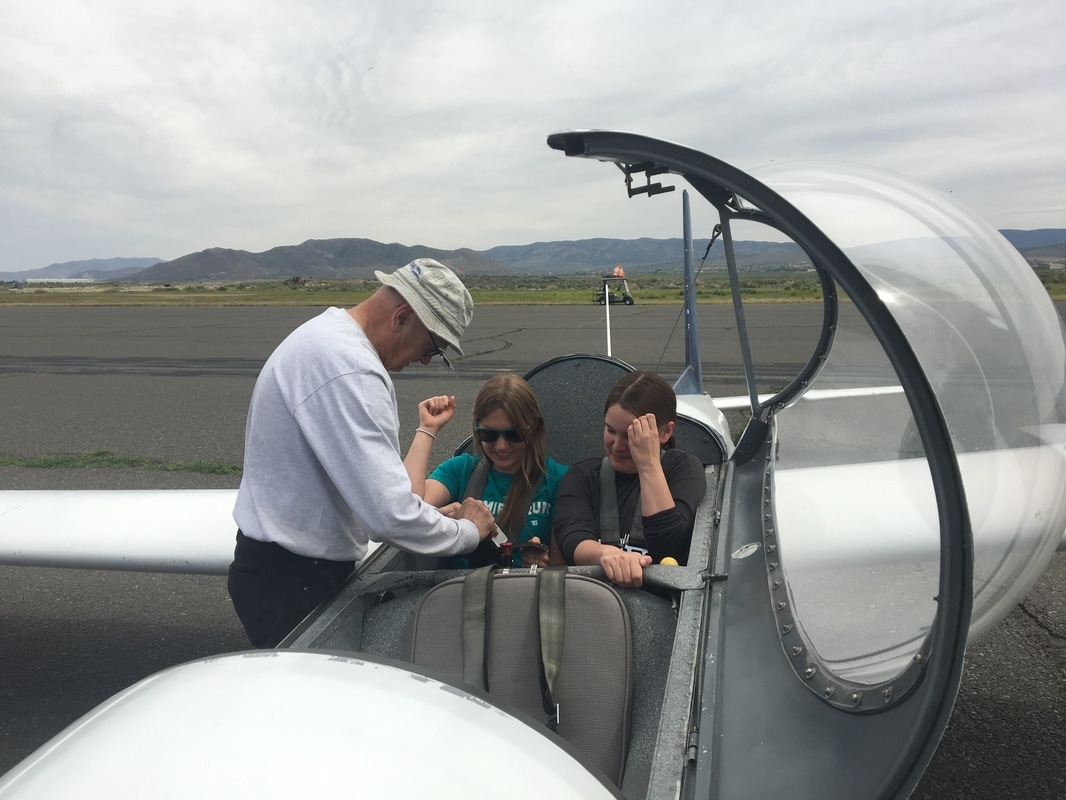
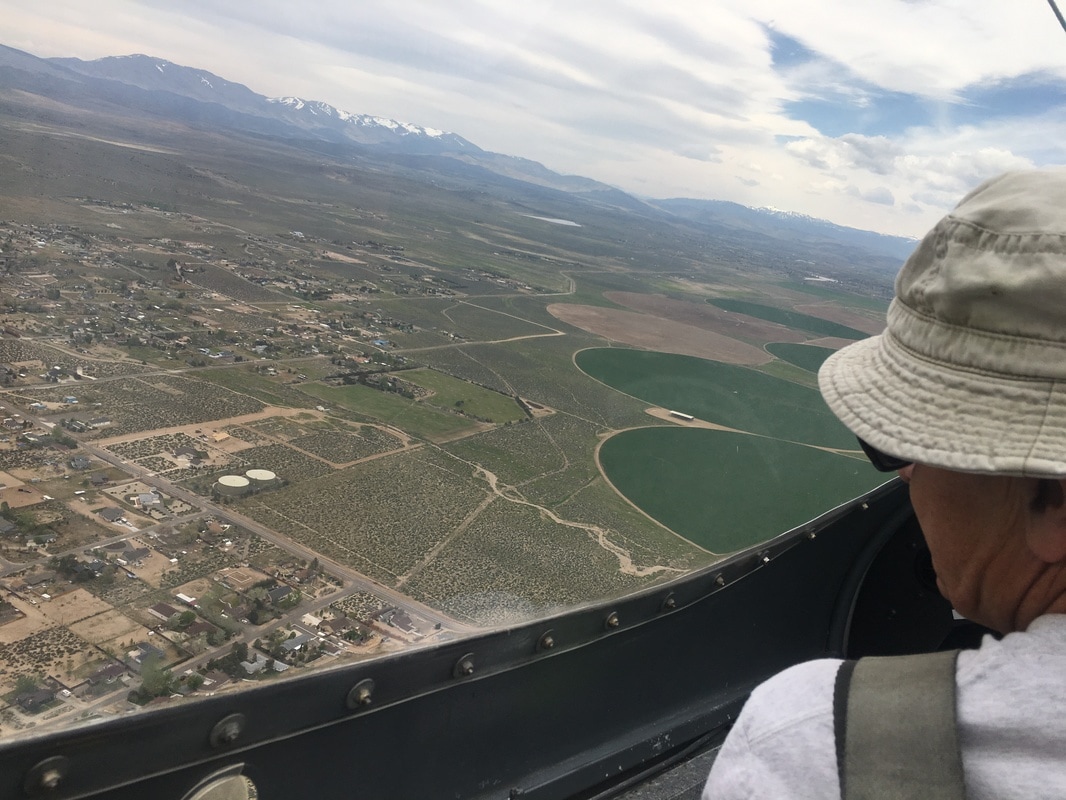
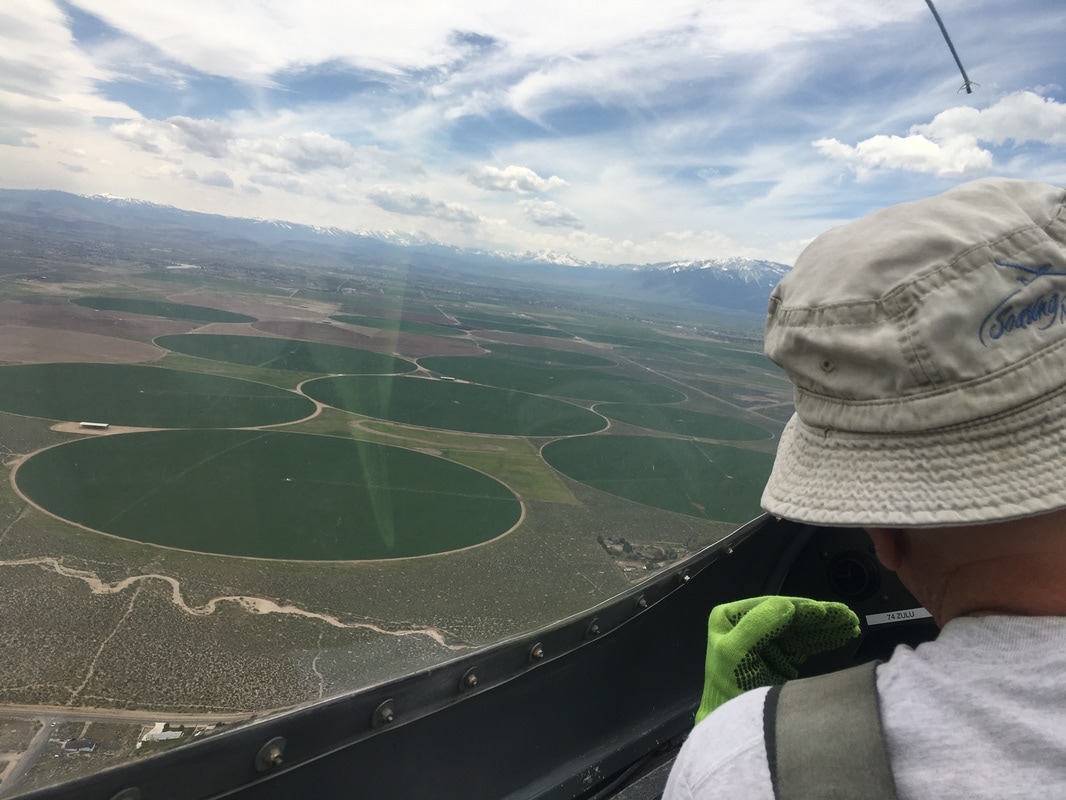
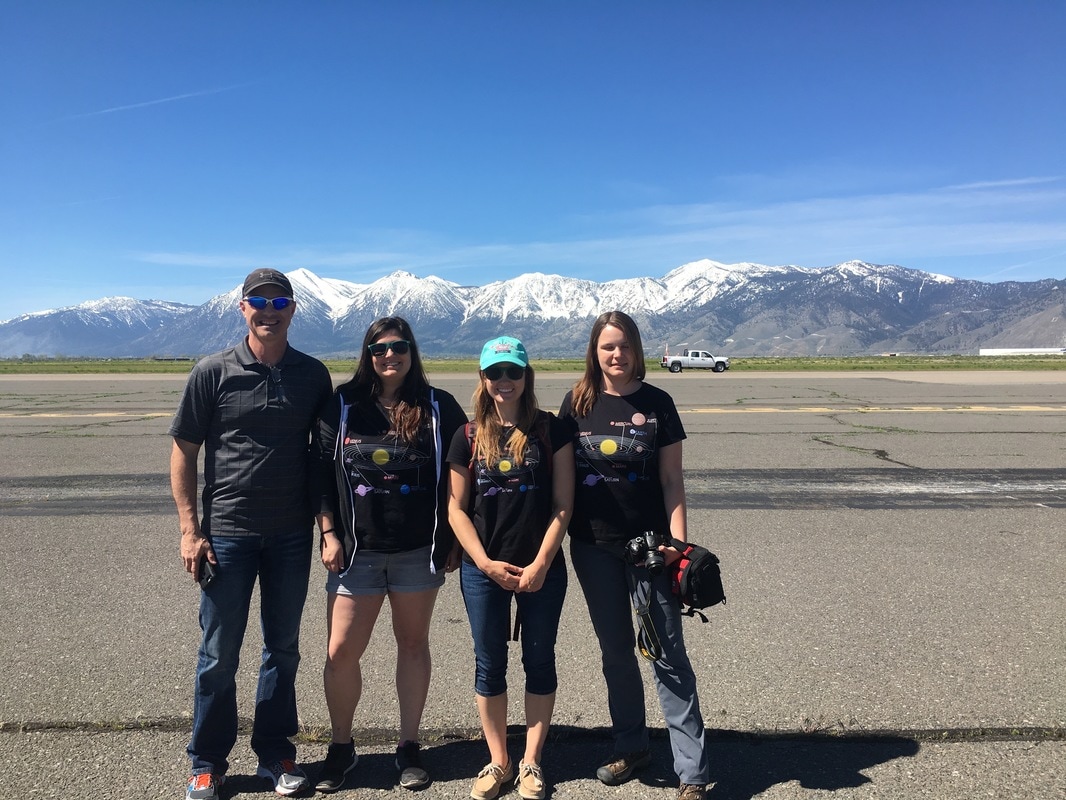
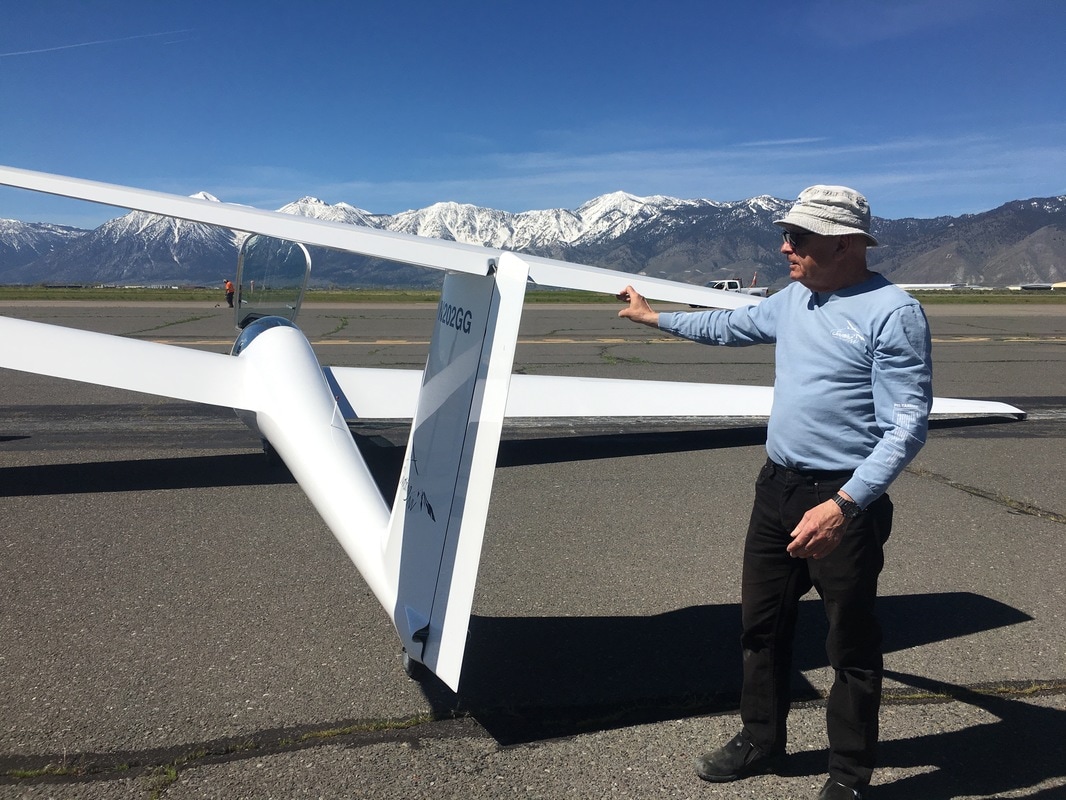
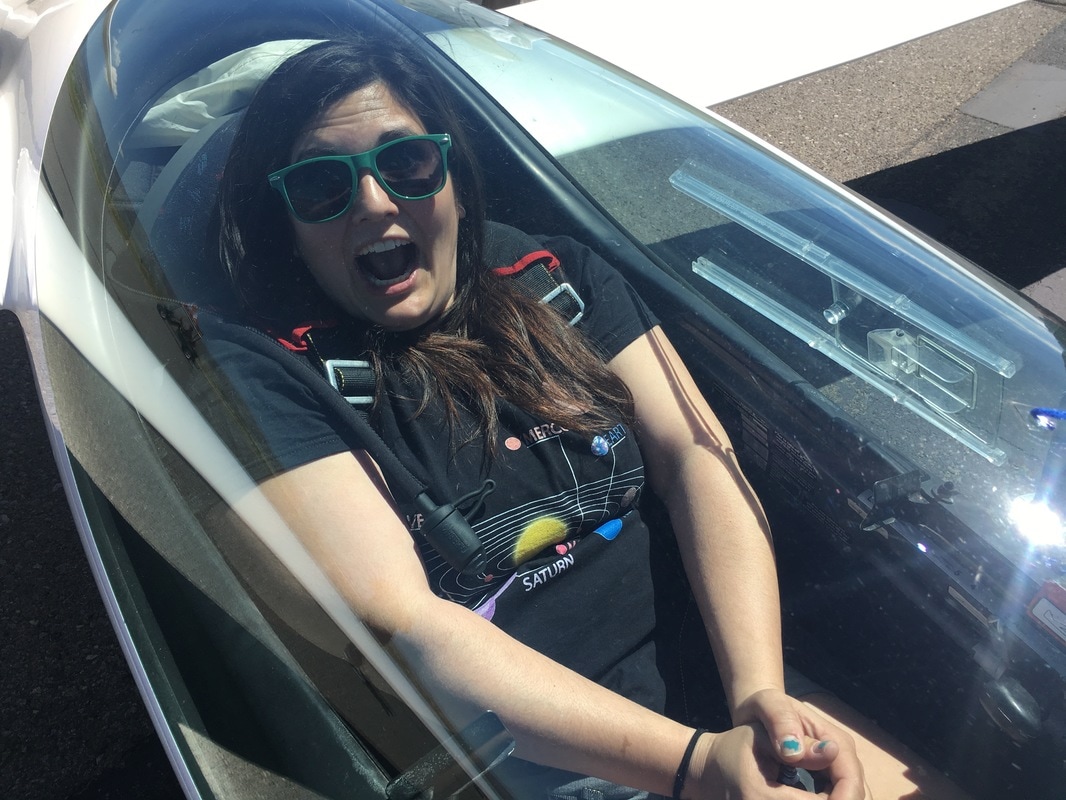
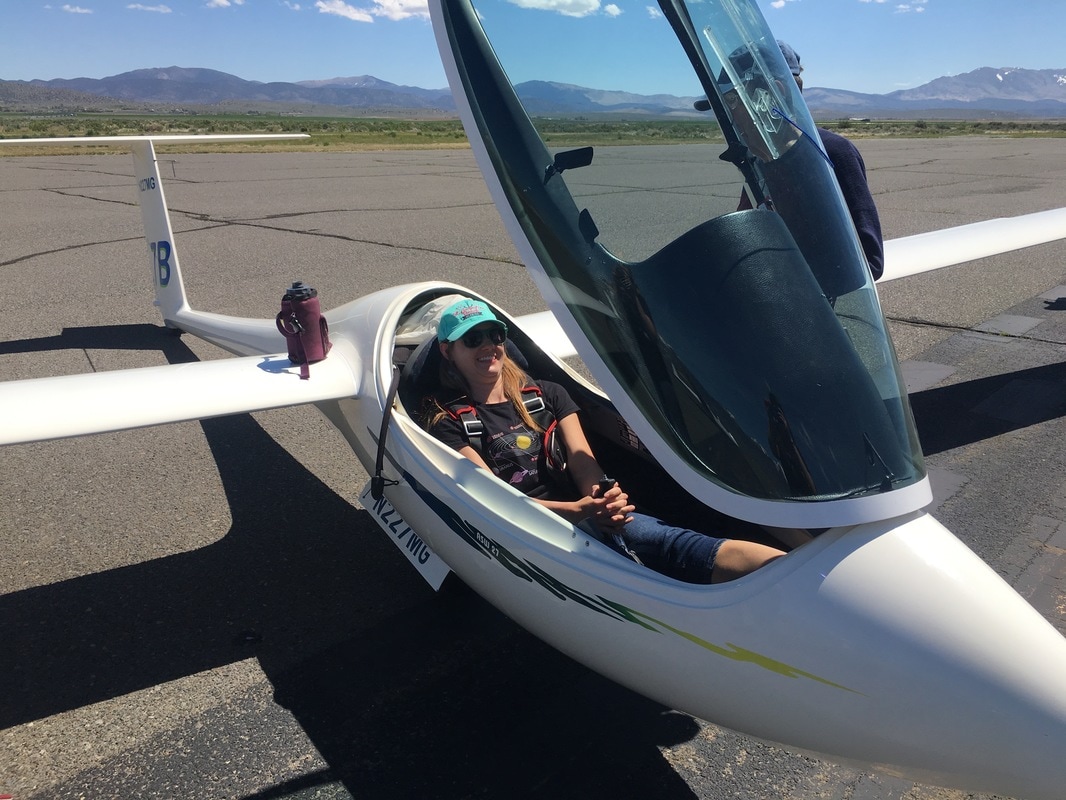
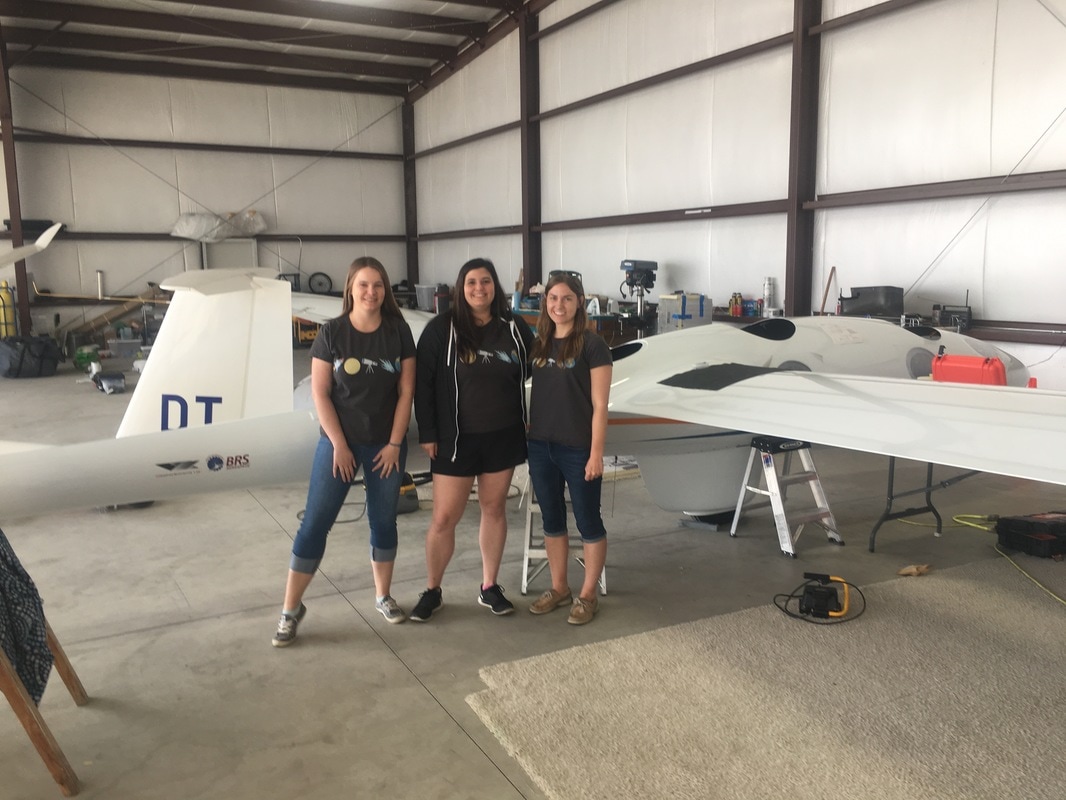
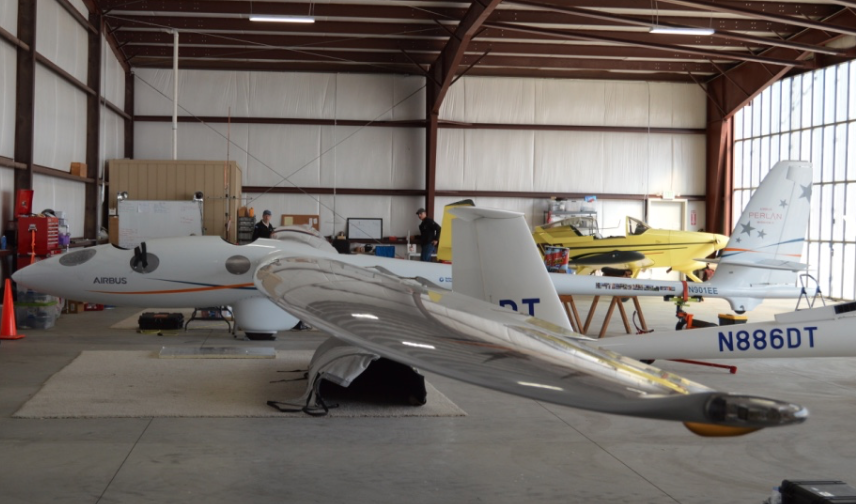
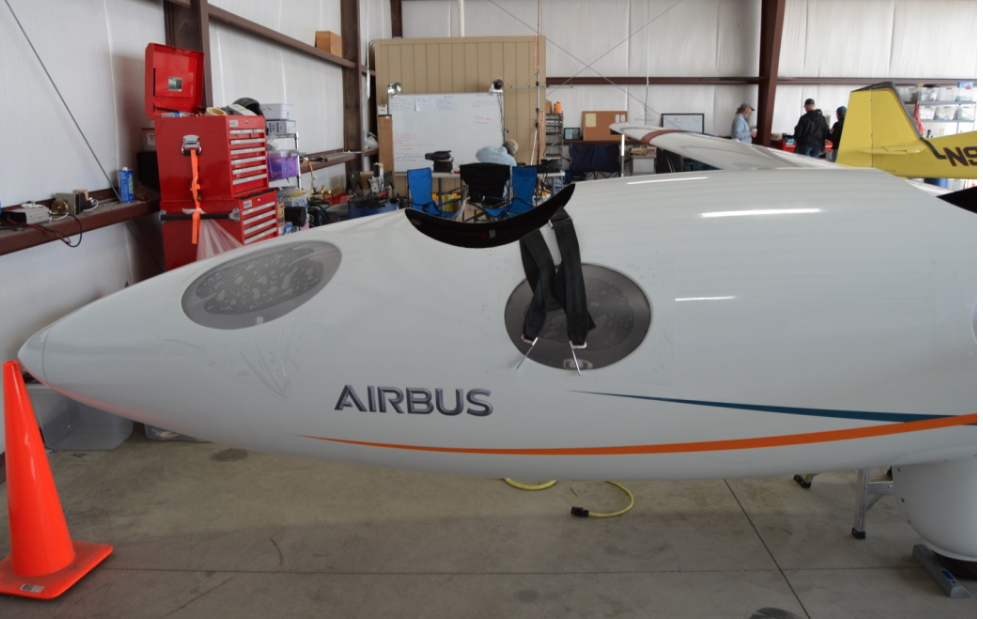
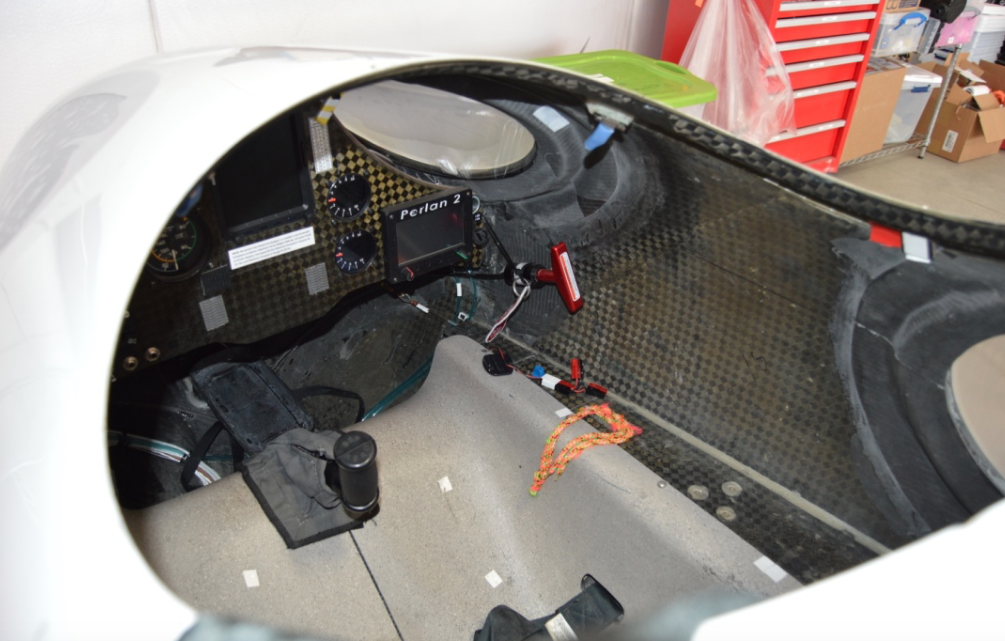
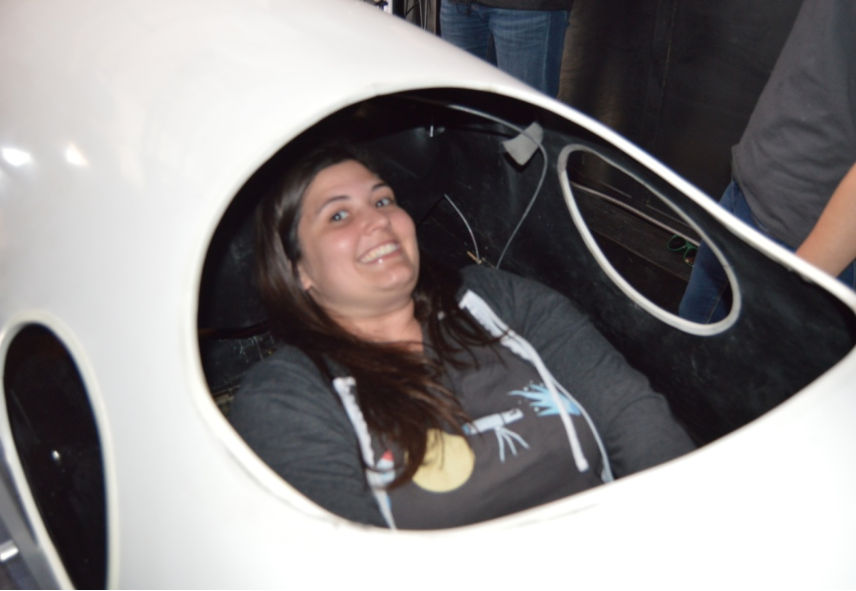
 RSS Feed
RSS Feed
